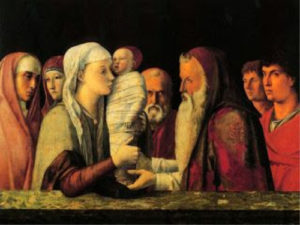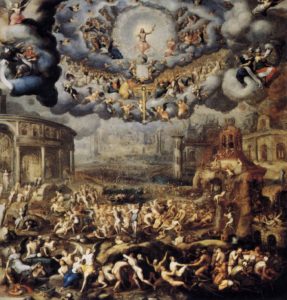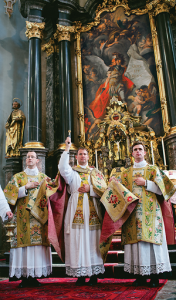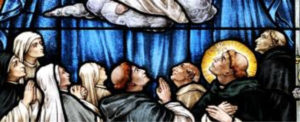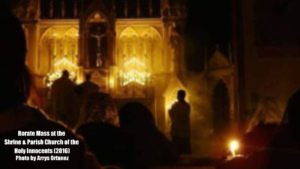Whit Embertide: Summer – All You Need to Know About Whit Ember Days

We have the opportunity to observe Ember days 4 times a year. Whit Embertide is a special time to fast and pray before the birth of our Lord.
“All things have their season, and in their times all things pass under heaven … A time to be born and a time to die. A time to plant, and a time to pluck up that which is planted.”
Ecclesiastes 3:1
The term “Ember” is derived from the Latin term Quatuor Tempora, which means four times.
And so the Ember days occur in the four seasons: spring, summer, winter and autumn.
Aside from the general purpose of praying and fasting, which are meritorious in itself, the Church found itself contending with the pagan practices of the Roman pagans in the early centuries and looked for a way to sanctify these pagan holidays. And so the Ember Days were instituted.
“The immediate occasion was the practice of the heathens of Rome. The Romans were originally given to agriculture, and their native gods belonged to the same class. At the beginning of the time for seeding and harvesting religious ceremonies were performed to implore the help of their deities: in June for a bountiful harvest, in September for a rich vintage, and in December for the seeding.” New Advent Catholic Encyclopedia.
How Come I Never Heard of Ember Days?
The Roman Catholic Church in the U.S. no longer officially observes Ember Days, but like all penitential practices, we are welcome to do more.
Ember Days are still observed by those who follow the 1962 Missal.
The wonderful thing is that a lot of people are choosing to observe the Ember Days again.
Why Are Ember Days on Wednesdays, Fridays & Saturdays?
The Jews fasted on Tuesdays and Thursdays, but Christians chose to fast on Wednesdays (the day Christ was betrayed), Fridays (the day he was crucified), and Saturday (the day he was buried).
Whit Embertide: Summer

When Are the Whit Ember Days?
The Whit Ember Days are always on the Wednesday, Friday and Saturday after Pentecost Sunday.
Fasting Rules for Whit Embertide
The fasting rules apply to everyone who is 18 years of age through 59 years of age.
How Much Food Can I Eat?
One full meal and two smaller meals, that when combined, do not equal a full meal.
Wednesday after Pentecost – Fasting & Partial Abstinence
Partial abstinence: meat is allowed during the main meal of the day.
Friday after Pentecost : Fasting & Abstinence
Full abstinence: No meat is allowed for Latin Rite Catholics. Fish, eggs and cheese are allowed.
Saturday after Pentecost – Fasting & Abstinence
Full abstinence: No meat is allowed for Latin Rite Catholics. Fish, eggs and cheese are allowed.
Collects of Whit Embertide (1962 Missal)
Wednesday after Pentecost
Grant, we beseech Thee, almighty and Merciful God, that the Holy Ghost may deign to come and dwell in us, making us the temples of His glory. Through our Lord … in the unity of the same Holy Ghost.
Collect of Ember Wednesday after Pentecost (1962 Missal)
Friday after Pentecost
O Merciful God, we beseech Thee that Thy Church, which was gathered together by the Holy Ghost, may nowise be troubled by hostile attack. Through our Lord … in the unity of the same Holy Ghost.
Collect of Ember Friday after Pentecost (1962 Missal)
Saturday after Pentecost
O God, Who didst allay the flames of fire for the three children: in Thy mercy grant that the flame of vice may not consume us Thy servants. Through our Lord … in the unity of the same Holy Ghost.
Collect of Ember Saturday after Pentecost (1962 Missal)
Labours of the Month

There are various images found in medieval manuscripts that portray the various labors that can be undertaken according to the seasons.
“The Labours of the Months are frequently found as part of large sculptural schemes on churches, and in illuminated manuscripts, especially in the Calendars of late medieval Books of Hours. The manuscripts are important for the development of landscape painting, containing most of the first painting where this was given prominence.” Wikipedia.
The Cycles for Summer are:
- June – hay harvest
- July- wheat harvest
- August – wheat threshing
Even though Ember Days are no longer observed in the United States, it is a beautiful tradition that is newly observed by many Catholics in the world.
Do you observe Ember Days?



